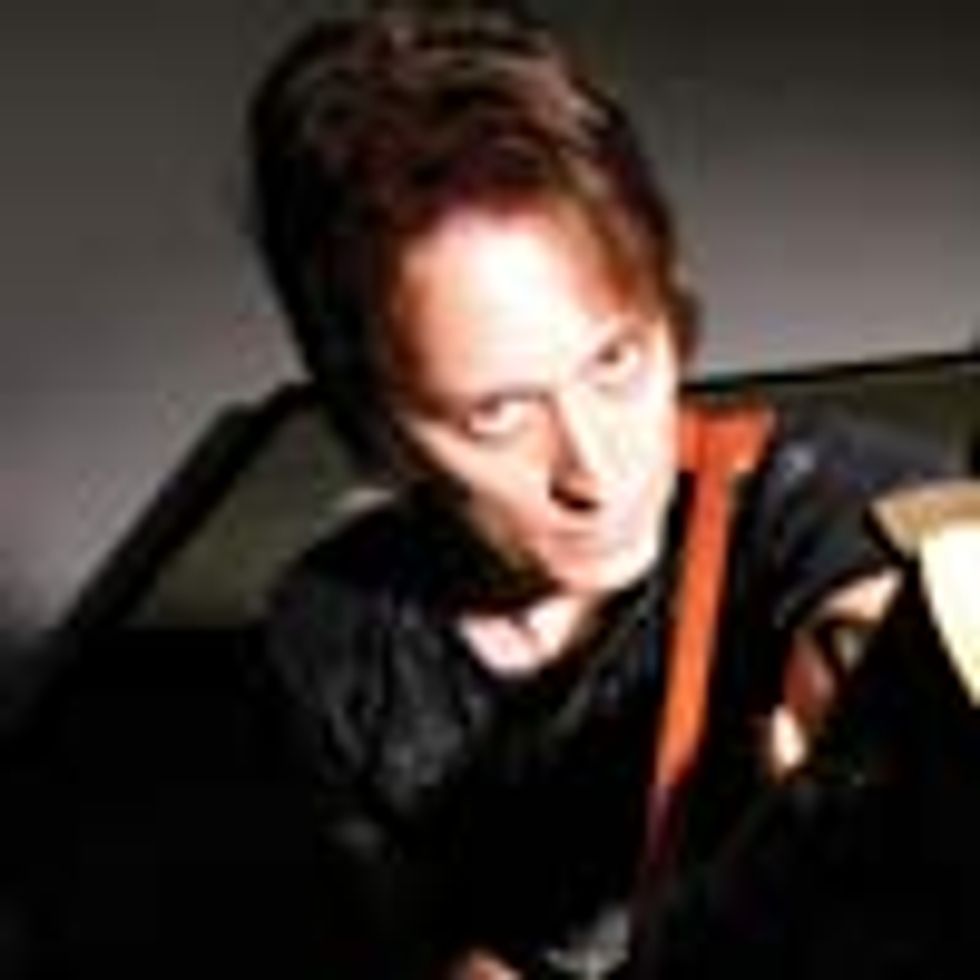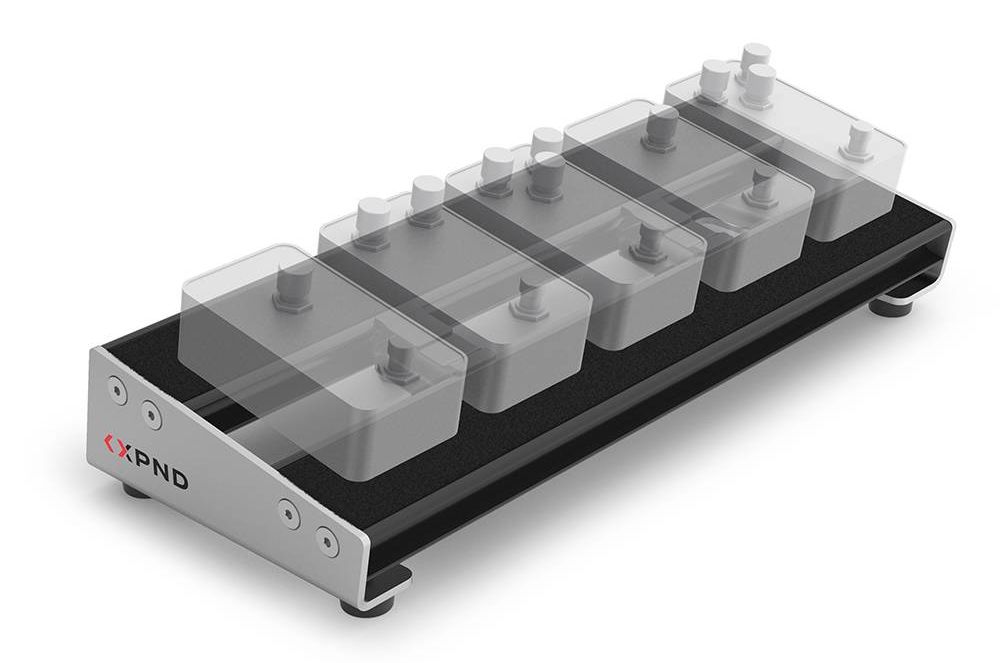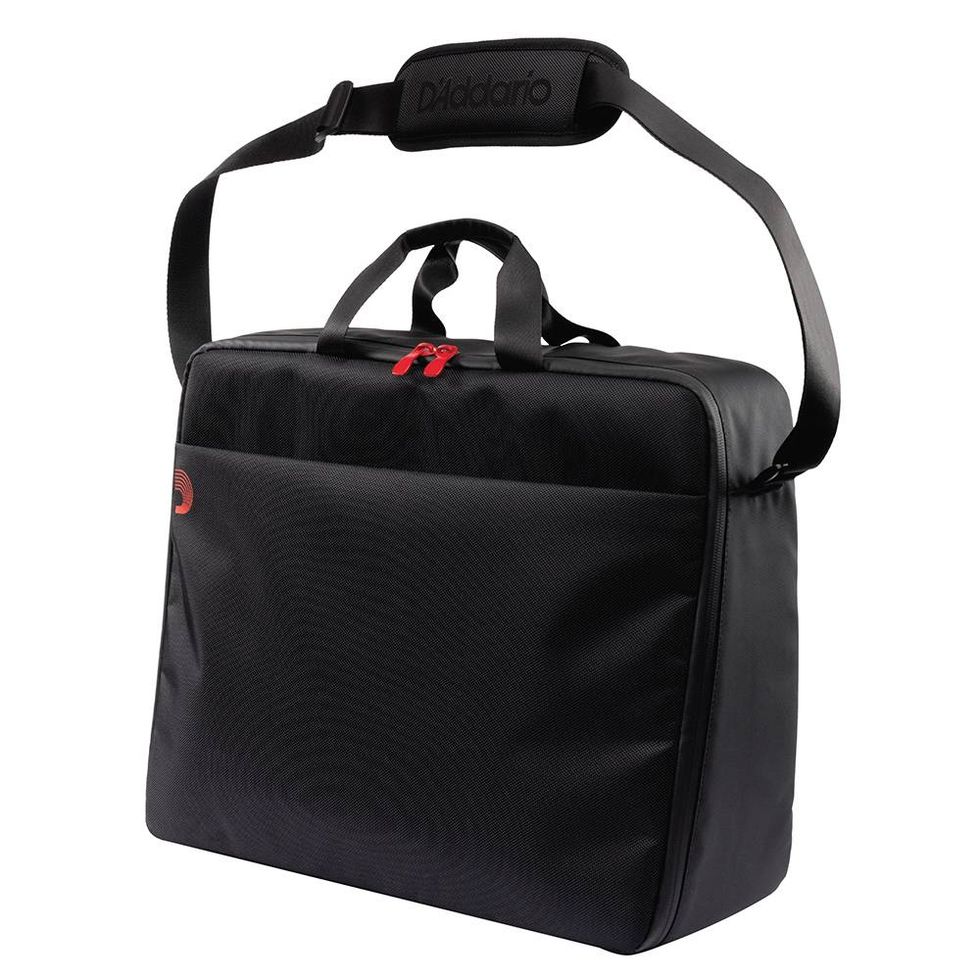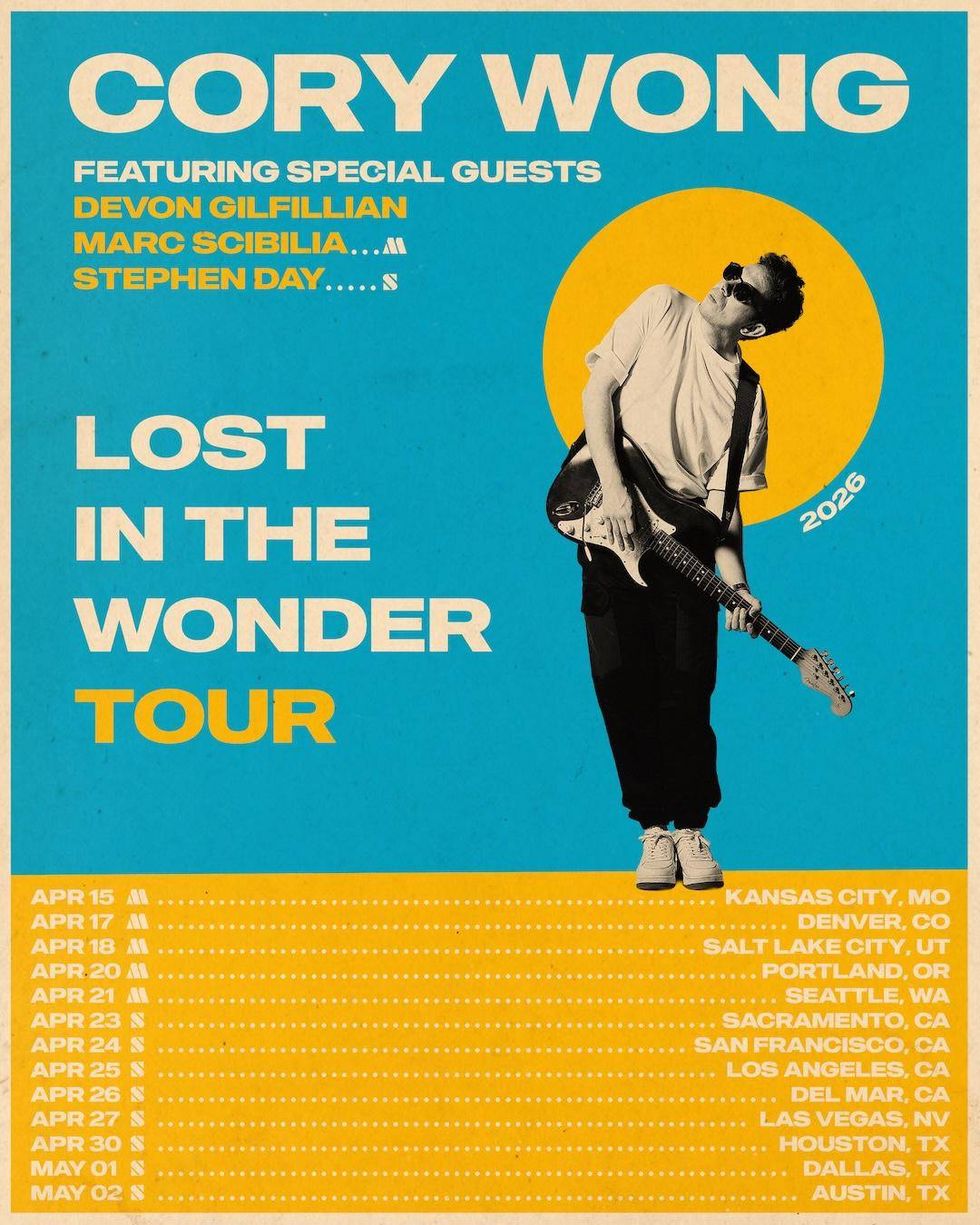So if you’re old enough, you’ll notice that the title of this month’s column comes from a classic Montrose track. Ronnie definitely had the fire on that song! This month I want to talk about putting the fire in your playing, because nothing sucks more than a lackluster performance, live or in the studio. So without wasting any more of your internet time, let’s get right to it with some ways to light it up.
Rik Told Me To
Way back in the day, guitarist Rik Emmett of the Canadian power trio Triumph, used to write a column for another guitar magazine. Aside from the monthly lessons with tabs, scales and licks he would teach, I can still vividly recall reading one where he went into detail about how he got those inspired and live sounding solos on the records. When he was tucked away in the studio, and it came time to record his parts, he would get up and run around the room to get his blood pumping. The combination of winding up his metabolism (and getting a nice cardio workout in at the same time) and getting out of the comfortable chair, gave him a similar charge to playing live. Even though this was in the analog tape days, you could still comp together takes and create the perfect solo—but his preference was to keep the first or second take because it was fresh and lively. Fire!
Crank It Up
Who doesn’t like volume? One of the more fire-inspiring setups is a healthy dose of volume. Yeah, yeah, the neighbors can call the cops, but by the time the fuzz arrives, you’ll be done! If you’re in the studio, I’m not talking about cranking up the main studio monitors—instead I’m suggesting you get in front of your amp out in the live room! What, you don’t have a live room? You just have one room with everything in it? No problem—you can still crank it up, but grab a pair of headphones to hear the backing tracks while you lay down your new parts. Volume has a way of inspiring with the interaction of guitar and amp. Notice how you have to work a little harder to control feedback and you can feel the air turning your pants into sails? Now that’s the idea. Nothing beats getting a killer live feel like cranking it up and putting a little fear into you.
If At First
Here’s another recording suggestion. Unlike a live performance, you can always do it again, but try not to! Like Rik, go for it but try to get the take in one pass and limit yourself to one or two takes. Having the luxury of combining multiple takes and other digital editing tricks doesn’t always make for the most inspired sound. Instead of pushing record before you’re ready, go ahead and practice until you’ve got it down cold. Then when you get to the point of recording, you are documenting a performance, not creating one from bits and pieces. The best players have this down and while their session rates may be on the high side, you quickly can understand why they can charge that much for their work … because it’s that good! There are very few things in this world as beautiful as an inspired track that comes from the heart—and reeks of that reckless abandon that can only come from being able to push yourself to the emotional max. By the way, there is nothing wrong with a little flub or slightly overbent note. We live in an Auto-Tune world, but don’t let that stop you from channeling a little of our rock and roll past, when attitude made the sound what it was. Irreverence can be a good thing. Got a relic’d Strat? Make us feel like you’ve done a little damage in your day.
Think Outside The Box
I’d put money on the fact that you could run a hell of a lot faster if a rabid chupacabra was chasing you, than getting your 30 minutes in on the local high school track. It’s called fear. A healthier fear as related to guitar might be picking a key you’re not 100 percent comfortable in, or trying out one of those killer Paul Gilbert licks that he’s teaching you now in Premier Guitar. Either way, moving outside your comfort zone and creating a healthy dose of fear is an incredible way of getting those incendiary licks off the ground. Pretty soon you’ll be at 100 percent and will need to up the ante (perhaps you’ve moved from chupacabra to great white shark). It’s kind of like lifting weights. Once you can easily lift what was once heavy, it’s time to confuse your muscles and make the impossible possible.
Gauge It
String gauge is something we all probably have a favorite on. For me I like my Les Pauls to have 11-48 and my Strats to have 10-46. Sometimes I’ll pick up somebody else’s guitar and will immediately find myself full of energy. Sometimes that’s because they’ve got their guitar strung with 8s, other times they’ve got the action raised to heaven and it’s setup with 12s! This is another example of changing things up, and it’s very effective. With the 8s you can zip around the fingerboard with lightning speed and bend notes a perfect fifth! With 12s you have to dig in deep—real deep—just to get the notes to sing. But, once you get into it, those notes sing like crazy because the combination of thick wire and high tension/action creates that style of playing. Remember how much muscle and fire SRV had with that type of setup? Sure, it was in him to play like that, but you can put yourself in that situation and get a similar feel. The same goes for the light and speedy vibe. Both are full of fire—one a slow burn, the other a powder keg.
So there you go. If you haven’t already tried out some of these ideas, I highly recommend you do. In the last couple of days I’ve used all of them and it feels incredible. And as always, I encourage readers to share their ideas and techniques for getting the fire back in their playing. What do you do?
 Steve Ouimette is a lifelong guitarist, gearhead and studio fanatic. He runs Steve Ouimette Studios and writes music for video games, film and television. You can find him online at steveouimette.com and facebook.com/steveouimette. BTW, he rarely Tweets…
Steve Ouimette is a lifelong guitarist, gearhead and studio fanatic. He runs Steve Ouimette Studios and writes music for video games, film and television. You can find him online at steveouimette.com and facebook.com/steveouimette. BTW, he rarely Tweets…


















![Rig Rundown: Russian Circles’ Mike Sullivan [2025]](https://www.premierguitar.com/media-library/youtube.jpg?id=62303631&width=1245&height=700&quality=70&coordinates=0%2C0%2C0%2C0)






